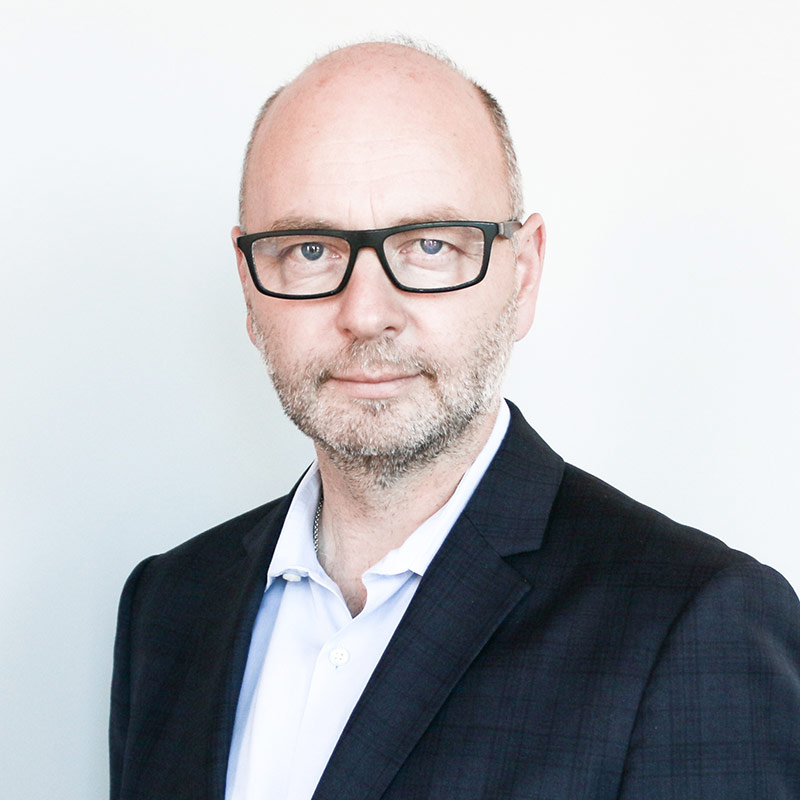Auschwitz As We Know It
Auschwitz was one of five death camps established by the Nazis in Poland where Jews were taken to be murdered during the so-called “Final Solution,” a euphemism for the their genocide. We know it through the horrific photos of trains filled with Jews, of men being split from women, parents from children, of the uniformed Nazi wagging his finger, and of the brick chimneys billowing smoke. But there is a much more intimate story still to be heard.
To the survivors, it is the place where they arrived with family and friends, tired and hoping that this would be a better place than the ghettos from whence they had just come. It is the place where many were tricked into parting with their loved ones forever, not knowing it was only the beginning of their worst possible hell. Their chances of survival were close to nil, but the need to outlive the Nazis, to survive one more day, another hour, drove them on. Not a single personal experience at Auschwitz is identical to the next, because every day, every experience, every lucky moment when death was cheated once again, made each personal testimony different from the next.
When Anita Lasker-Wallfisch arrived at the camp, a chance conversation with the woman processing her led to her playing her cello in the camp’s orchestra, rather than digging ditches.
When Kitty Hart-Moxon woke up lying next to the corpse of the woman who had been sleeping next her, she stole the dead woman's clothes. She then used the technique of stealing from the dead many times.
When Dario Gabbai entered the crematorium to start his work in the sonderkommando, he could never have conceived that he would be dragging corpses directly from the gas chambers. He survived because he worked in the killing center right at the heart of darkness.
To even begin to understand the complexity, the dehumanization, the infrastructure of torture, death and genocide that the Nazis created – and that Jews, Gypsies, Poles, Soviet Prisoners of War and many other groups endured – it pays to listen to testimony of many people who survived. The Seventy survivors whose clips commemorate 70 years since the camp’s liberation are available to view on Google Cultural Institute. They are a profound glimpse into just how much we still have to learn. It is in the detail, the mosaic of small everyday encounters with death, and the many acts of survival, that we learn just how determined the Nazis were to complete their genocidal task, and just how determined their victims were to ultimately prevail.
Like this article? Get our e-newsletter.
Be the first to learn about new articles and personal stories like the one you've just read.
